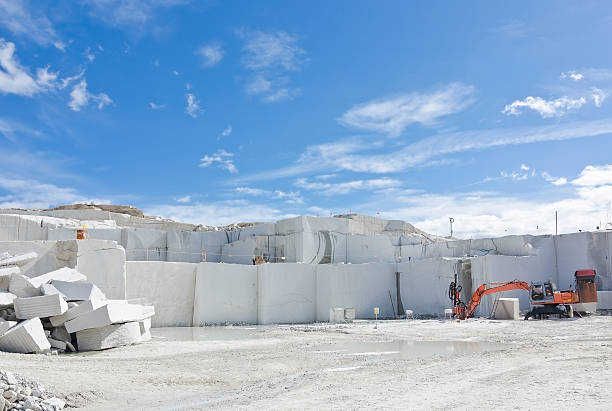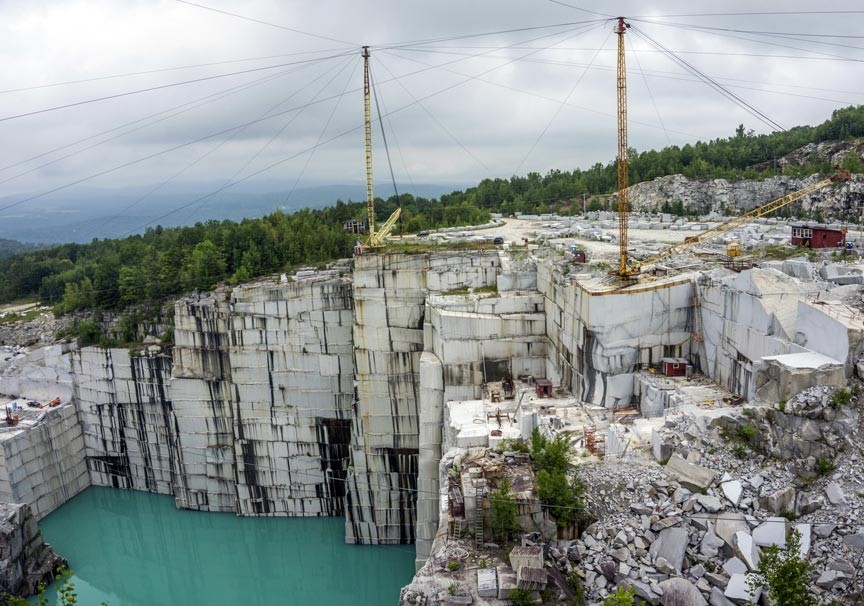A Journey Via Granite Quarries in South Africa: Unveiling Nature's Creativity
A Journey Via Granite Quarries in South Africa: Unveiling Nature's Creativity
Blog Article
Unleashing the Beauty and Resilience of Granite Quarry: A Journey Through Time
Granite quarries stand as testaments to both the geological marvels of our earth and the enduring workmanship of humankind. The journey with time that granite quarrying stands for is an engaging narrative of technology, willpower, and the complex dancing between nature and market. Understanding the beginnings of this age-old method, the evolution of methods and tools employed, and the contemporary value of granite quarrying reveals a tapestry rich in background and importance. As we peel off back the layers of time and look into the elaborate globe of granite quarrying, we uncover a tale that not just showcases the elegance and toughness of this impressive rock yet additionally clarifies the extensive effect it has carried civilizations previous and present.

The Origins of Granite Quarrying
In the annals of history, the beginnings of granite quarrying can be traced back to old people where the pursuit for sturdy structure materials fueled the appearance of this timeless craft. From the magnificent frameworks of old Egypt to the special holy places of Greece, granite has been respected for its toughness, appeal, and long life. The Egyptians, with their innovative quarrying methods, were among the initial to remove granite on a big range, using it to build monumental pyramids and complex statuaries that have actually endured the test of time.
As worlds advanced, so did the methods of quarrying granite. The Romans additionally refined the methods, creating tools and equipment to essence and transport granite over vast distances for their building tasks. The sturdiness and aesthetic appeal of granite made it a treasured material for cathedrals, monoliths, and sculptures throughout the ages.
Today, the tradition of ancient quarrying methods survives, with modern-day innovation enhancing performance while still admiring the workmanship of our forefathers. The origins of granite quarrying function as a testimony to human resourcefulness and the long-lasting appeal of this noble rock.
Devices and Techniques of Quarrying
Discovering the meticulous craftsmanship of granite quarrying unveils an innovative array of tools and methods diligently refined over centuries. Quarrying granite requires specialized equipment to draw out the stone from the earth effectively and with accuracy. Modern quarries make use of diamond-wire saws, high-powered drills, and nitroglycerins to break apart the granite in a controlled way. These tools enable the removal of big blocks of granite while reducing waste and ecological impact.
In enhancement to innovative equipment, conventional hand tools are still utilized in certain quarrying procedures to guarantee fragile accuracy in removing the stone. Chisels, hammers, and wedges are used by proficient quarry employees to different granite obstructs along all-natural cracks, a strategy that has actually been passed down through generations.
In addition, strategies such as drilling upright and straight holes for putting feathers and wedges, as well as the controlled use of nitroglycerins in critical areas, allow quarry employees to remove granite effectively while maintaining the integrity of the stone. The harmony in between modern-day technology and traditional craftsmanship is crucial to the sustainable quarrying of granite for generations to come.
Evolution of Granite Quarries
The transformation of granite quarries gradually discloses a fascinating story of technical improvement and sector evolution. From old times where hands-on tools like knives and hammers were made use of to extract granite blocks, to the commercial revolution presenting steam-powered equipment for faster quarrying, the advancement of granite quarries has been marked by substantial innovations. In current decades, the advent of diamond cord saws and progressed boring innovations has actually revolutionized the removal process, enabling for extra precise go to this web-site cuts and lowered waste of basic material.

Granite Quarrying in Modern Times
The progression of granite quarrying techniques from historical dependence on guidebook tools to the sophisticated approaches of modern-day times emphasizes a remarkable trip of technical advancement and sustainability practices within the market. In contemporary granite quarrying, advanced machinery such as ruby cable saws, high-capacity excavators, and digital drilling devices have actually revolutionized the removal procedure. These devices boost efficiency, accuracy, and safety, permitting bigger quantities of granite to be removed in a much shorter timeframe contrasted this to traditional methods.
Additionally, modern-day quarrying practices prioritize sustainability and ecological stewardship - granite quarries in south africa. Business are increasingly embracing environment-friendly methods like water recycling systems, dust suppression modern technologies, and rehabilitation plans for tired quarries. These efforts aim to reduce the ecological influence of granite extraction, preserve natural resources, and bring back quarried landscapes to their initial state
Moreover, the integration of digital technologies like drones, GPS tracking, and 3D modeling has allowed quarry drivers to maximize procedures, boost decision-making, and make certain the lasting administration of resources. By accepting innovation and sustainability, the granite quarrying industry in modern times remains to prosper while promoting environmental responsibility.

Protecting and Protecting Granite Quarries
Amidst the advancing landscape of granite quarrying techniques, conservation and security of these valuable all-natural sites have ended up being vital concerns for market stakeholders and environmental advocates alike. As granite quarries proceed to be a vital source of this desired stone, it is important to adopt sustainable techniques that ensure their durability and secure bordering communities.
Protecting granite quarries entails executing effective improvement strategies to restore the land post-extraction. granite quarries in south africa. This procedure consists of improving the terrain, replanting indigenous vegetation, and creating habitats for wildlife to grow. By recovering quarries to their all-natural state, the environmental influence can be decreased, and the elegance of these view it now landscapes can endure for future generations to appreciate
Moreover, safeguarding granite quarries calls for applying guidelines that regulate responsible quarrying practices. This includes monitoring water top quality, regulating dirt emissions, and managing sound degrees to alleviate disturbances to the setting and nearby areas. Joint initiatives in between industry gamers, governmental bodies, and preservation teams are important in promoting these requirements and making certain the lasting use granite quarries.
Final Thought
Finally, the journey with time in granite quarrying exposes the origins, devices, strategies, and evolution of this technique. The contemporary age has brought advancements in quarrying methods, enabling the conservation and protection of these useful natural deposits. It is essential to remain to promote lasting practices to guarantee the elegance and durability of granite quarries for future generations to value.
Report this page